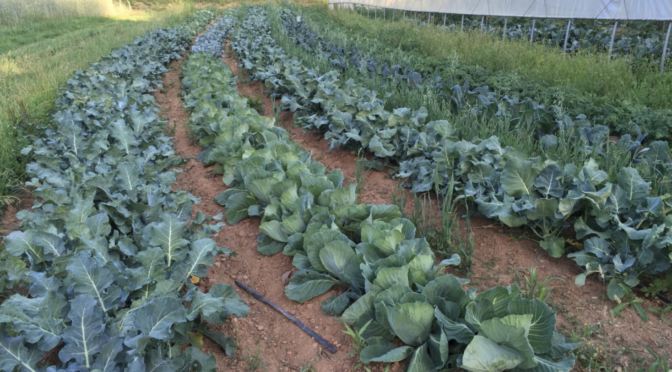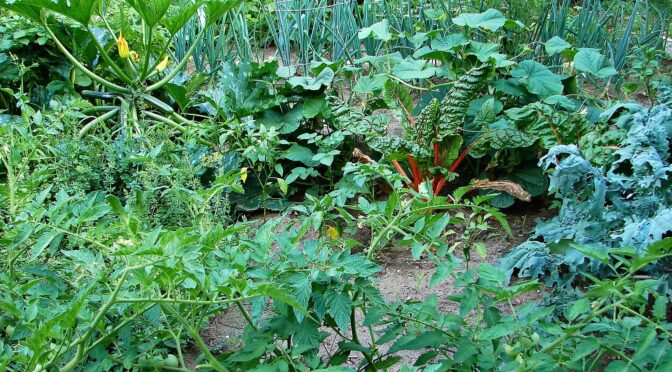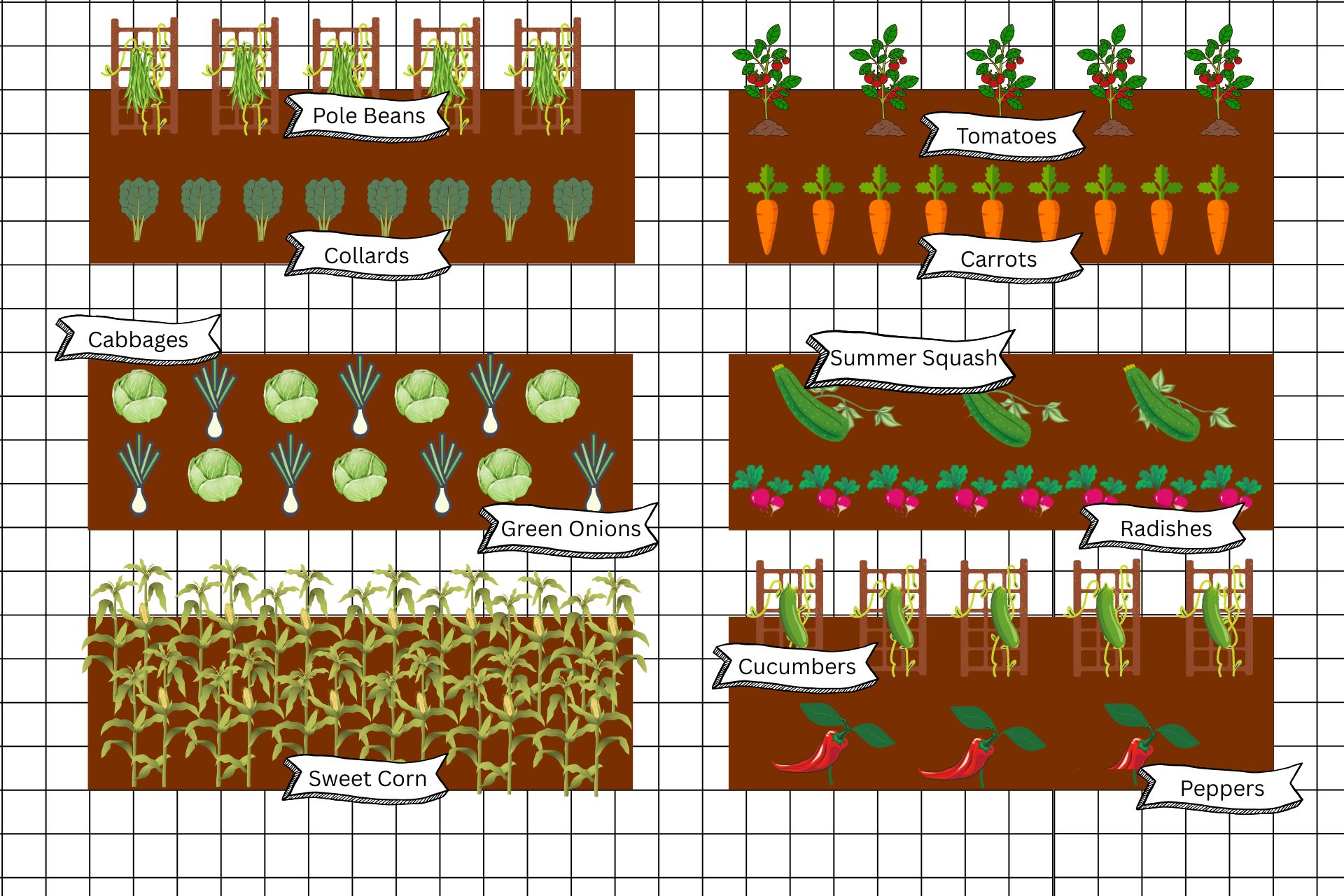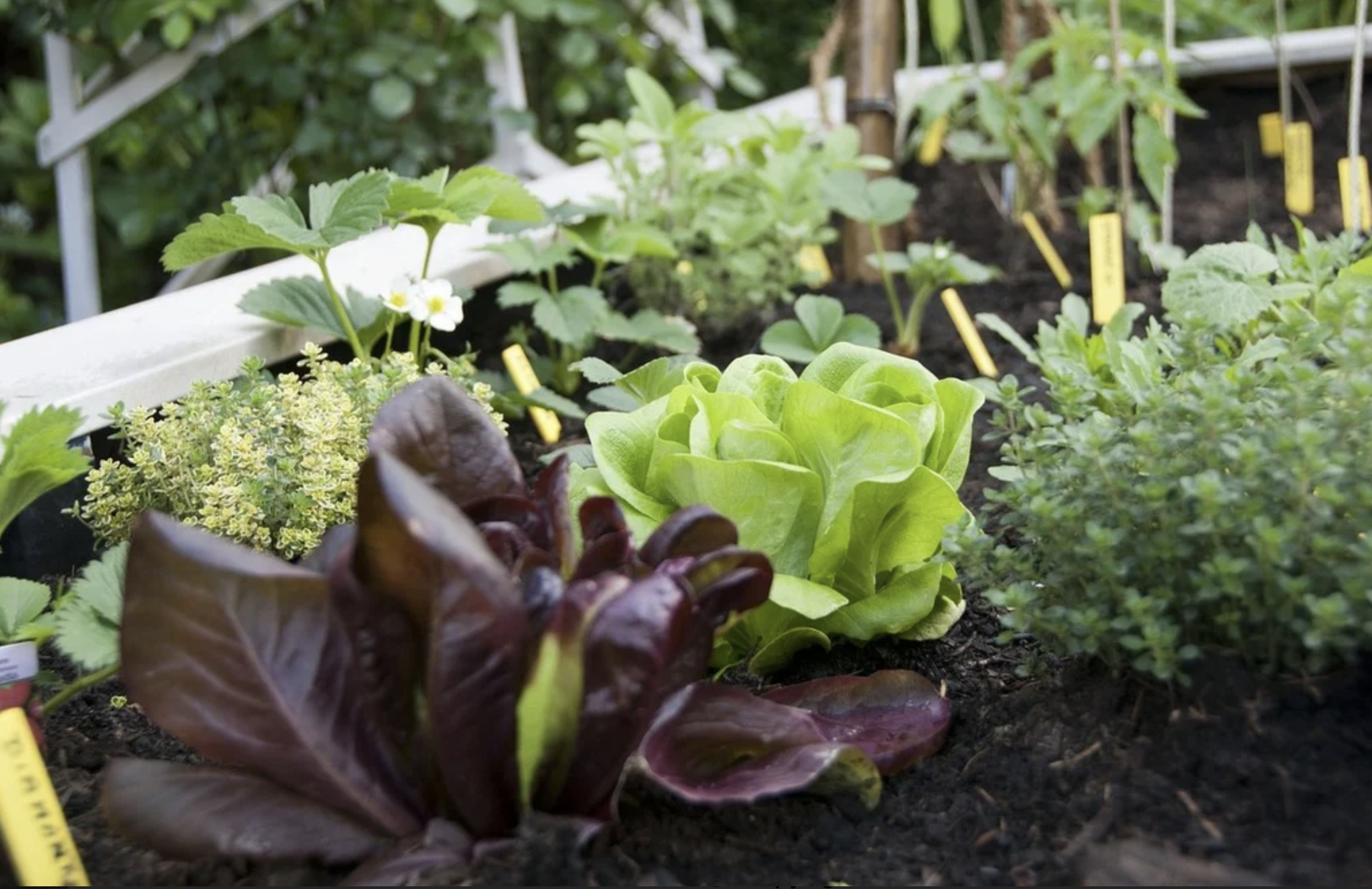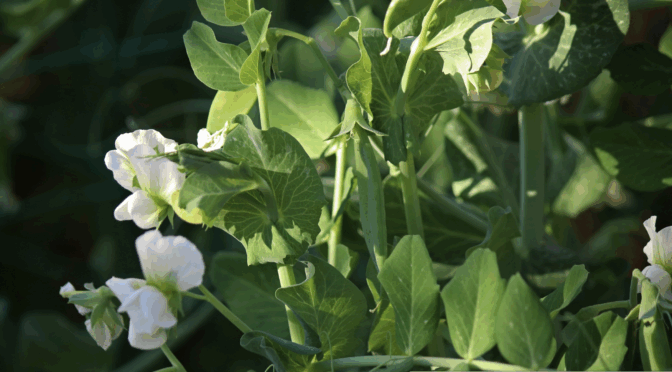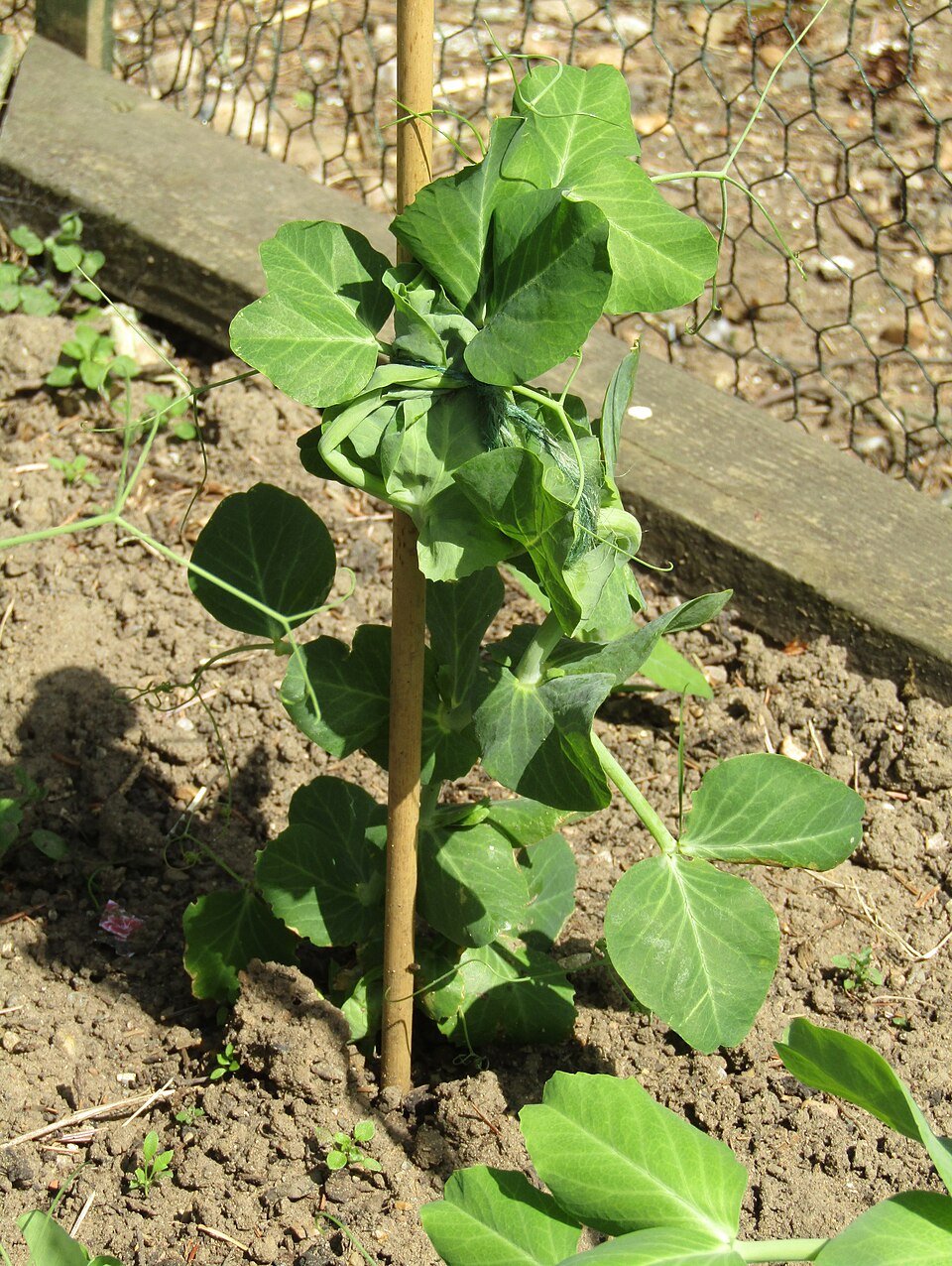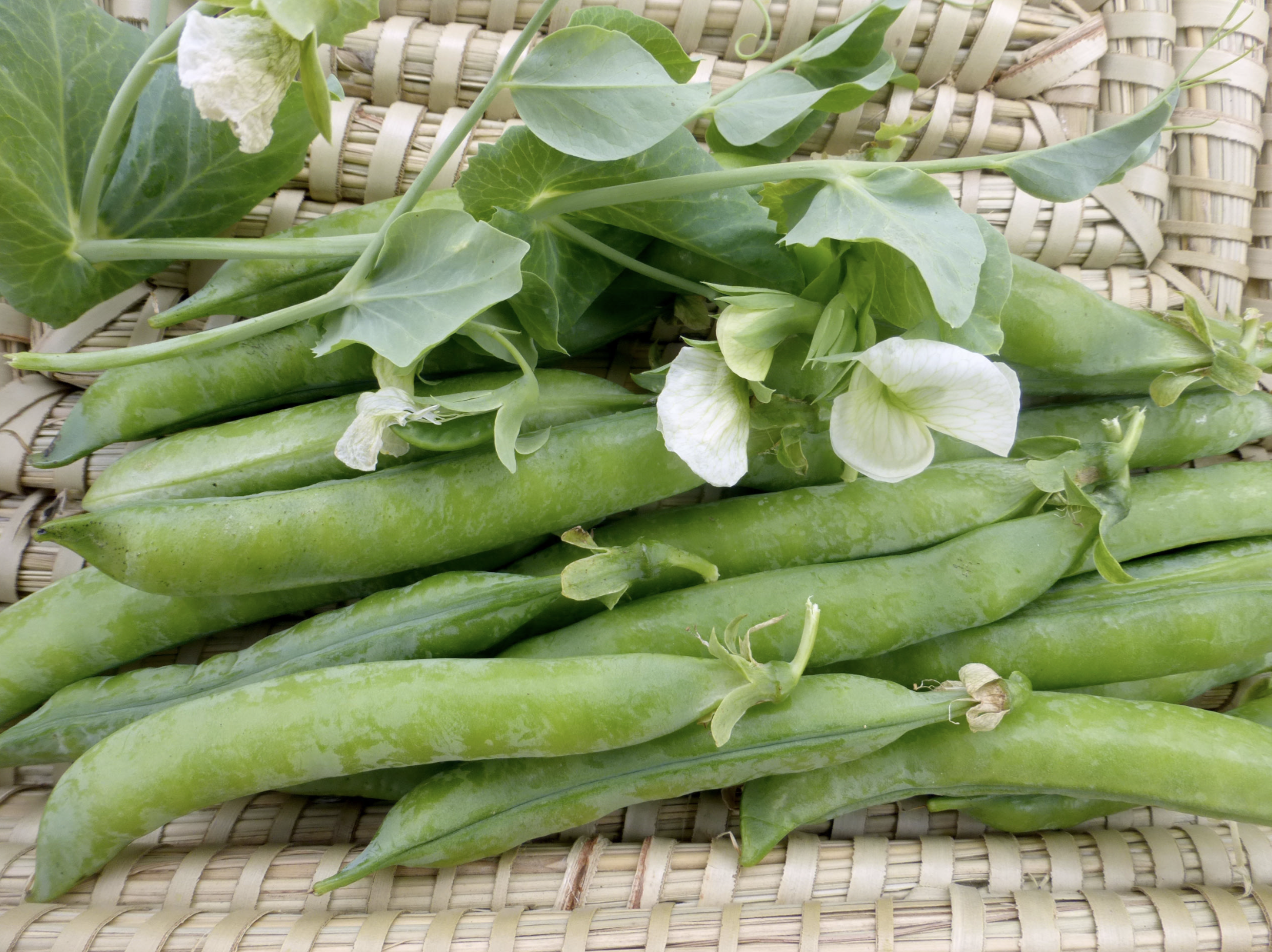As gardeners, farmers, and growers, we plant seeds for many reasons. Maybe we’re interested in growing the healthiest food possible, getting in touch with nature, or taking part in a more sustainable food system. Whatever the case, most of us care about how our produce is grown whether that’s vegetables from our own gardens, berries from the local farmer’s market, or seeds from the catalog. One quality we may look for is the organic label, but what does that actually mean for our produce and gardens?
In this post, we’ll talk about what organic means and answer some of the most common questions we get about growing organically.
What does an organic mean?
In the United States, organic is a regulated certification. To label products organic, growers and must comply with practices listed in the National Organic Standard that was created by the U.S. Department of Agriculture as part of the Organic Foods Protection Act of 1990.
Organic standards are designed to promote soil and environmental health by promoting practices like crop rotation and biological pest control. They also prohibit things like synthetic pesticides, synthetic fertilizers, GMOs, sewage sludge, antibiotics, and hormones.
The exact standards can vary by type of product. For example, meat, dairy and eggs must be raised without growth hormones to be certified organic and certified organic grain must be produced with natural fertilizers.
It can also affect land selection. Growers must use land that has been free from prohibited substances for at least 3 years.
You can find the full set of standards on the USDA website.
Should my farm get an organic certification?
Growing organically can improve your farm or garden’s soil health, protect water quality, help conserve nature, and support healthy communities. You don’t need a certification to do any of those things. You can follow organic standards on your farm or in your garden with no certification.
However, organic certification offers significant benefits to market gardeners. Having an organic certification and organic labels can allow farms to sell their products at higher prices, break into new markets, and build consumer trust. An organic certification can also allow a farm to access certain government programs for technical and financial assistance.
Growers have to weigh the pros and cons before seeking organic certification. Depending on the size of your operation, organic certification can cost anywhere from $750 to $3000+ annually for small and mid-sized farms. Sometimes, an organic label can help growers sell more food or demand higher prices. However, in many rural areas, where small-scale operations are well known and already trusted, a certification may do little to affect demand and may not be worth the cost.
Is anyone exempt from certification?
Some small farms that gross less than $5000 per year may be exempt from organic certification. To see if your small farm qualifies, reach out to your local certifying agency. 
Why aren’t all of your seeds organic?
As of 2025, about 71% of our varieties are certified organic. This percentage has been increasing slowly over time. We’re carrying more organic seed all the time, but there are many varieties that we just can’t get organically right now. Certified organic varieties are marked with the green “OG” symbol. Since certified organic farmers must plant certified organic seeds when available, we prioritize offering USDA certified organic seed for varieties that are particularly well-suited to market gardeners.
Several of our growers are using organic practices without getting the certification. As of our 2025 catalog, this is about 14% of our varieties. Usually these are small farmers who don’t feel it’s worth their time and money to be certified. In these cases, we use the green “e” symbol to note varieties that they’ve grown. Some of these Eco folks have an alternative certification through Certified Naturally Grown, which is not an organic certification, but uses roughly the same criteria.
Can hybrid seeds be organic?
Yes, hybrid seeds are the first-generation cross between two open-pollinated parents. These crosses have what we call “hybrid vigor” and a tendency to produce uniform crops, making them a popular choice for market gardeners. Hybrid seeds produced on organic farms may be certified organic.
Note that hybrids are not reliable for seed saving. Seeds from hybrid crops rarely grow vegetables that are “true to type” the following year. Meaning they may not look like what you originally planted. They can revert to looking like a parent crop or produce something new. We don’t offer hybrids, except for two varieties of sweet corn, because our focus is on preserving open-pollinated varieties and protecting farmers and gardeners’ right to save seed.
Can GMO seeds be organic?
No, GMO seeds and crops are prohibited under the organic certification. We don’t carry any GMO seeds at Southern Exposure Seed Exchange. Most conventionally grown seeds aren’t GMO either. Currently, the vast majority of vegetable crops are not GMO.
Can I get organic garden amendments?
Yes, there are many organic amendments and garden supplies available, from potting soil and compost to natural fertilizers like kelp meal and natural pesticides like neem oil. To find organic amendments, look for those with the Organic Materials Review Institute (OMRI) label.
Are there other certifications?
Yes, there are many other certifications that farms and companies can get for their food and other products that may affect how they’re grown. For example, some farms may choose to pursue bee-friendly farming, regenerative farming, fair trade, or B Corp certifications.
However, it’s important to know that plenty of companies will use phrases and buzzwords to help sell their product that don’t mean anything like “natural,” “eco-friendly,” “ethically sourced,” or “sustainable.”
When you see a certification or phrase listed on something you’re purchasing, do a bit of research to make sure it actually carries weight. Good certification programs should have third-party oversight and transparent practices.

